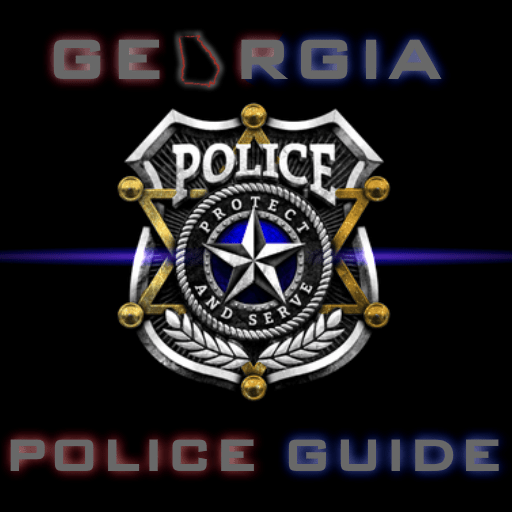(a) This Code section shall be known and may be cited as the Spencer Pass Law.
(b) The operator of a motor vehicle approaching a stationary authorized emergency vehicle that is displaying flashing yellow, amber, white, red, or blue lights shall approach the authorized emergency vehicle with due caution and shall, absent any other direction by a peace officer, proceed as follows: (1) Make a lane change into a lane not adjacent to the authorized emergency vehicle if possible in the existing safety and traffic conditions; or (2) If a lane change under paragraph (1) of this subsection would be impossible, prohibited by law, or unsafe, reduce the speed of the motor vehicle to a reasonable and proper speed for the existing road and traffic conditions, which speed shall be less than the posted speed limit, and be prepared to stop.
(c) The operator of a motor vehicle approaching a stationary towing or recovery vehicle, a stationary highway maintenance vehicle, or a stationary utility service vehicle that is utilizing traffic cones or displaying flashing yellow, amber, white, or red lights shall approach the vehicle with due caution and shall, absent any other direction by a peace officer, proceed as follows: (1) Make a lane change into a lane not adjacent to the towing, recovery, highway maintenance, or utility service vehicle if possible in the existing safety and traffic conditions; or (2) If a lane change under paragraph (1) of this subsection would be impossible, prohibited by law, or unsafe, reduce the speed of the motor vehicle to a reasonable and proper speed for the existing road and traffic conditions, which speed shall be less than the posted speed limit, and be prepared to stop.
(d)(1) Violation of subsection (b) of this Code section shall be punished by a fine of not more than $500.00. (2) Violation of subsection (c) of this Code section shall be punished by a fine of not more than $250.00.
(e) As used in this Code section, the term: (1) Utility service vehicle means any vehicle being used by an employee or contractor of any entity, including, but not limited to, a political subdivision of this state or a local authority or commission related thereto, an electric cooperative, or a public or private corporation, in connection with the provision of utility services. (2) Utility services means and includes electric, natural gas, water, waste-water, cable, telephone, or tele- communication services or the repair, location, relocation, improvement, or maintenance of utility poles, transmission structures, pipes, wires, fibers, cables, easements, rights of way, and associated infrastructure.
